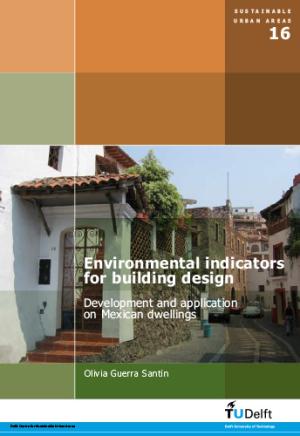Hosted by
Environmental Indicators for Building Design: Development and Application on Mexican Dwellings
Synopsis
The ultimate goal of building and construction — in relation to environmental issues — is to construct in an environmentally neutral way; or, as the Brundtland Report states, to consume in such a way that our children have the same choices that we have. Construction will always be needed, and will always consume resources. But in accordance with the conditions of the Brundtland Report, we should move construction into a direction that does not deplete resources, and does not worsen living circumstances through harmful indoor or outdoor environmental effects. Improving our efficiency in resource consumption is the only way in which we will be able to continue our current way of life. It has been calculated that in order to (only) maintain the world average lifestyle a factor 4 of improvement in efficiency of resource consumption is necessary, based on global resource availability, effects on climate change, and coping with growing welfare for developing countries. Measuring a factor x improvement heavily relates to the chosen benchmark. Building activities will always require some environmental load: the mere fact of living already implies use of earthbound resources, so it is generally not very efficient to calculate emissions and other effects in an absolute way. The ultimate target is not to avoid resource use at all, but to use only “reproductive resources” (“regrowable, renewable and replaceable”) to create a balanced situation. When this is achieved, we will still use resources, but usage will be sustainable: it can be maintained well into the future. In developing an approach for assessing sustainable building, the Three Step Strategy (in the Netherlands named Trias Ecologica) has proven to be useful. This publication takes a detailed look at this Strategy.

